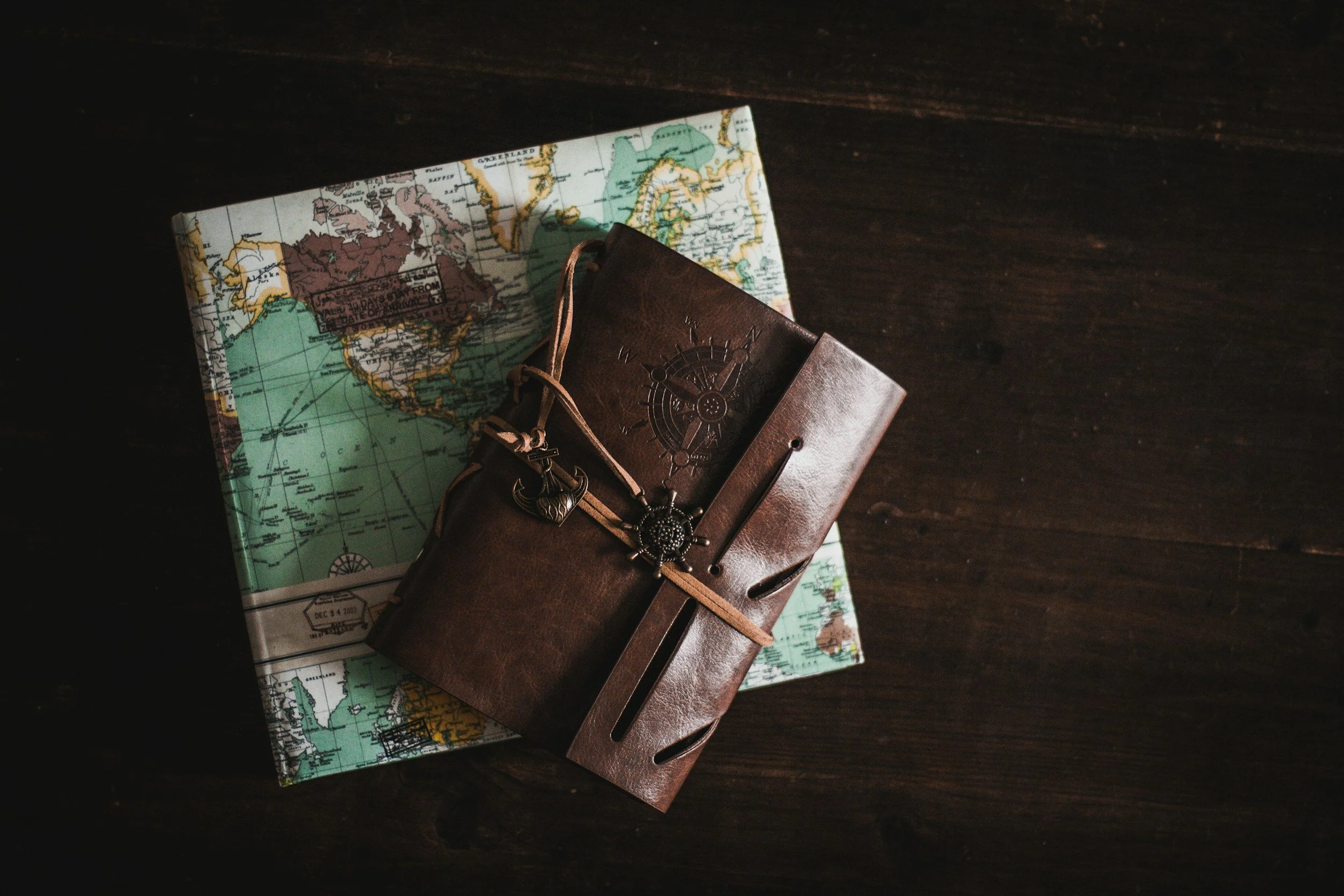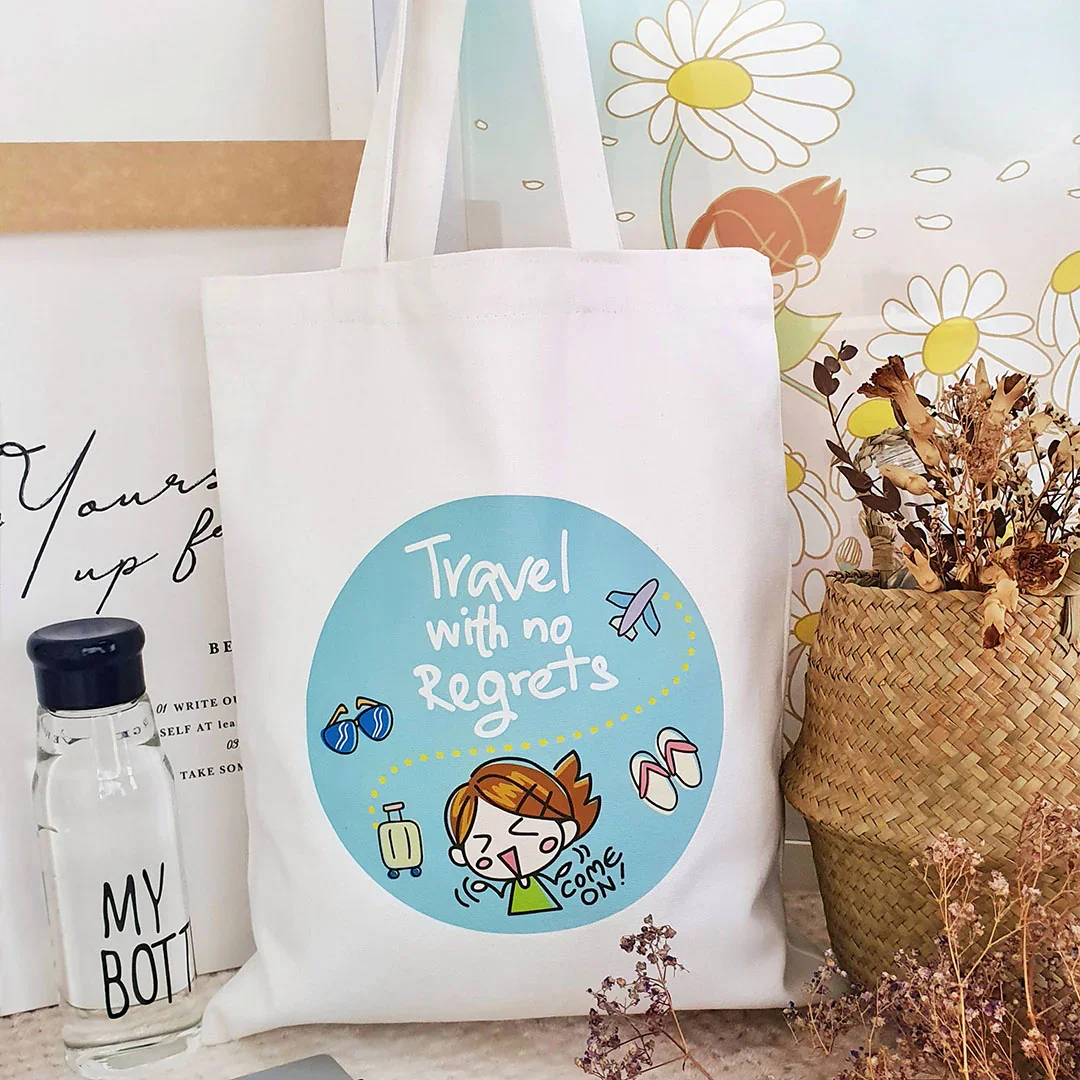Okinawa Destinations (A Cruise Worker’s Incomplete Guide)
I’ve docked in Okinawa more times than I can count, yet most of my memories from those port calls feel like scattered shells on a beach – pretty, but incomplete.
I’ve seen the same names printed on the gangway signs: Naha, Ishigaki, Miyakojima. But ask me what I did there, and I’ll pause, unsure if I actually experienced the place or just imagined it while scrolling Google Maps before all aboard.
This isn’t a guide to Okinawa destinations in the usual sense. It’s more like a blurry photo album you find years later – sun-faded and oddly comforting. The kind of memories you half-remember and half-invent, stitched together from shore leaves that never lasted long enough.
The Okinawa Islands
Okinawa Prefecture spans across 160 islands in the East China Sea, loosely grouped into three main clusters – each offering a different blend of nature, culture, and pace of life:
Okinawa Main Island & Nearby Islets
Home to Naha (the capital) and the region’s main transport hubs
Highlights include Shuri Castle, Kokusai Street, and the nearby Kerama Islands
Best for a mix of city life, history, and easy beach getaways
Miyako Islands
About 300km southwest of the main island
Famous for long stretches of white sand and swimmable turquoise seas
Includes Miyakojima, Irabujima, and Shimojijima
Yaeyama Islands
The southernmost group, close to Taiwan
Known for jungle hikes, quiet beaches, and rich Ryukyu culture
Includes Ishigaki, Iriomote, and traditional Taketomi
Each island group offers distinct cultural and natural attractions while sharing Okinawa's unique Ryukyu heritage. The destinations range from developed urban areas to remote, untouched nature preserves.
Okinawa Destinations I Visited
Miyakojima
Miyakojima, part of the Miyako Islands in Okinawa Prefecture, is famous for its crystal-clear waters and secluded beaches.
Painagama Beach, in particular, is known for its pristine sands and inviting turquoise waves, despite being located quite close to port. It was the first place I saw that made me feel guilty for being dry. I stood there in t-shirt and shorts – slippers, backpack, and not a single beach-worthy item in sight – watching other people float like sea creatures in that impossibly clear water. It looked like glass, like something too fragile to step into. And me? I admired it like you might a painting in a museum – without touching.
Years later, I made it to Sunayama Beach. Everyone on the ship said it was worth it. The walk there felt like a side quest – unmarked roads, questionable directions, and a brief moment when I thought I’d taken a wrong turn into someone's backyard. But then I saw it. A crescent of sand nestled between cliffs, almost secret. I sat on a driftwood log, soaked in the view, and left without even dipping my toes. The waves were wild that day.
The island itself is laid-back, with a quiet atmosphere that contrasts sharply against the hustle of urban Japan.
I missed the Irabu Ohashi Bridge, the longest toll-free bridge in Japan. I missed those rare, night-blooming Soedo Sagaribana flowers. Mostly, I missed the chance to feel like I was somewhere instead of just passing through.
Ishigaki
Ishigaki, the largest of the Yaeyama Islands, is located far to the south, near Taiwan. It’s a popular destination for travellers looking for a more laid-back, tropical feel. Ishigaki is renowned for its stunning beaches, rugged landscapes, and the famed Ishigaki beef.
I wandered the streets of Ishigaki, unsure of where I was going, and stumbled upon the 730 Monument – a stone memorial commemorating the day Okinawa switched to driving on the leftlost. I read the plaque as if it might anchor me, give the day some sense of weight. For a moment, it did.
But mostly, Ishigaki was a fast food stop for me. Ramen ordered via a combination of pointing and hopeful nodding, burgers when I didn’t know what else to order, and the crew mess when time was even tighter.
The island is a combination of calm and chaos, with its small-town feel and bustling port. Though I never got to truly explore beyond the tourist stops.
Naha
Naha, the capital of Okinawa Prefecture, felt like déjà vu. The kind of place where I knew the routine but not the reasons. Located on Okinawa Main Island, Naha is a mix of modern conveniences and historical landmarks.
I’d walk off the ship with a surge of purpose – only to end up, ten minutes later, inside MaxValu Wakasa buying emergency snacks I didn’t need.
On longer port days, I’d drift into Naha’s maze of streets. The bustling Kokusai-dori is a tourist hotspot, a street full of shops, restaurants, and vibrantly chaotic energy. I’d eat ramen again. Try to find free wifi. Panic about time and jog back to the ship, breathless, wishing I had ten more minutes.
I never remembered the names of the side streets I passed. Never recognised that one restaurant everyone raved about. I didn’t buy souvenirs unless you count the magnetic acupressure patches we never used. And the sea grapes – those shiny, alien-looking things – I saw them, hesitated, and moved on.
But there were a few small wins. I made it to Shuri Castle, a UNESCO World Heritage Site. I found a thrift store in Takara and bought secondhand clothing that fit (much to my delight when I returned to ship and tried them on).
The little things. The side streets I passed never became familiar, but Naha’s pulse was something I could always feel in my chest.
Motobu
Motobu, a town on Okinawa's northern coast, remains a blur. Known for the Churaumi Aquarium and the stunning ocean views from the coastline, Motobu should have been a highlight, but it slipped through my fingers. The aquarium, which houses one of the largest tanks in the world, features whale sharks and manta rays.
What I remember most was the heat – the suffocating humidity wrapping itself around me like a thick blanket. There were glimpses of the ocean, glimpses of the serenity that Okinawa's natural beauty offers. Yet, even as I saw the ocean, I felt as if I was looking through it rather than experiencing it.
Motobu’s charm, like much of Okinawa, was lost to the pressures of time and the constant rush of ship life.
The Islands That Taunted Me from the Ship
Yonaguni
We passed it more than once. Yonaguni was always the enigma. The island closest to Taiwan, wrapped in mist and mystery – and to cruise lines, mostly irrelevant.
In my mind, I was out on Deck 7, leaning against the railing like a moody protagonist in an indie film. Squinting toward the shore, pretending I could see the famous underwater ruins (I couldn’t, obviously).
In reality, I was probably stuck inside the crew office, hunched over a screen, half-wondering if I could swim to shore unnoticed. Spoiler: I couldn’t
Kerama Islands
I'm not entirely sure if we sailed past them or not. They're scattered between Naha and Miyakojima – close enough that I might’ve stared at them unknowingly.
They’re supposed to have water so blue it looks fake, with sea turtles and coral reefs just offshore.
It’s a weird feeling, knowing you might have been near paradise and didn’t even realise it at the time.
What Okinawa Taught This Chronically Rushed Cruise Worker
Cruise ship life gives you access to the world and barely enough time to step into it. An Okinawa destinations port call might promise eight hours, but by the time you disembark, connect online, and Google “what to do in Naha,” you’re left with ninety minutes and a vague sense of urgency. Taxis are only possible if you split them with three colleagues who also forgot to plan.
That’s why I tell people now – especially other crew – to prepare like your peace depends on it. Pack swimwear, every time. Use eSIMs like Airalo. Choose one place to visit and do it properly. You’ll remember it more than rushing through five.
Because here’s the truth: you’ll forget most of what’s on every top ten list. But you’ll remember the vending machine with cold canned coffee, the strange joy of convenience store bento, and the quiet street you wandered down without knowing where it led.
Letters to My Future Travelling Self
1. Swimwear is not optional. Pack it like your job depends on it (because your future happiness might). That pristine beach won't care if you're "not a beach person" when you're standing there in cargo pants, watching others float in liquid sapphire.
2. Eat the damn sea grapes. Yes, they look like alien caviar. Yes, the texture is questionable. But in five years, you'll regret the unconsumed local delicacies more than the questionable ones you tried.
3. Choose one thing to research. Instead of wandering aimlessly, pick one shrine, one scenic viewpoint, one weird museum. And actually visit it properly. Your future self will thank you.
4. To contradict myself, get intentionally lost (within reason). The magic happens when you turn down an unmarked alley, or follow a path without Google Maps.
Why Okinawa Stays with Me
Even in my fragmented experience, Okinawa left a mark. The colours were unreal – the kind of turquoise and cobalt you think only exists in ads until you see it. The rhythm was slow in the best way. Away from the crowds, I felt something close to calm. A hum beneath the surface that didn’t need me to understand it – just to notice it.
And there were layers – of culture, of history, of identity. Okinawa isn’t just another stop on a cruise itinerary. It’s a place with its own pulse, its own memory. I only caught glimpses. But even that was enough to make me want more.
Next time, I’ll do better.
I’ll swim. I’ll eat the sea grapes. I’ll bring the towel.
This post contains affiliate links. If you use my Airalo code (JOANNE7692), you’ll get $3 off your first purchase and I may earn a small commission at no extra cost to you.



















